This month sees the following articles in PCCP that are in the top ten most accessed:-
Plasmonic photocatalysts: harvesting visible light with noble metal nanoparticles
Peng Wang, Baibiao Huang, Ying Dai and Myung-Hwan Whangbo
Phys. Chem. Chem. Phys., 2012,14, 9813-9825, DOI: 10.1039/C2CP40823F, Perspective
Evidence of catalyzed oxidation of Li2O2 for rechargeable Li–air battery applications
Jonathon R. Harding, Yi-Chun Lu, Yasuhiro Tsukada and Yang Shao-Horn
Phys. Chem. Chem. Phys., 2012,14, 10540-10546, DOI: 10.1039/C2CP41761H, Paper
A new generation of platinum and iodine free efficient dye-sensitized solar cells
Shahzada Ahmad, Takeru Bessho, Florian Kessler, Etienne Baranoff, Julien Frey, Chenyi Yi, Michael Grätzel and Mohammad K. Nazeeruddin
Phys. Chem. Chem. Phys., 2012,14, 10631-10639, DOI: 10.1039/C2CP41611E, Paper
New insights into organic chemistry from forefront physical measurements
Barry K. Carpenter
Phys. Chem. Chem. Phys., 2012,14, 10376-10376, DOI: 10.1039/C2CP90109A, Editorial
Adsorption of DNA onto gold nanoparticles and graphene oxide: surface science and applications
Juewen Liu
Phys. Chem. Chem. Phys., 2012,14, 10485-10496, DOI: 10.1039/C2CP41186E, Perspective
Cu2ZnSnS4 (CZTS) nanoparticle based nontoxic and earth-abundant hybrid pn-junction solar cells
Sudip K. Saha, Asim Guchhait and Amlan J. Pal
Phys. Chem. Chem. Phys., 2012,14, 8090-8096, DOI: 10.1039/C2CP41062A, Paper
Titania supported gold nanoparticles as photocatalyst
Ana Primo, Avelino Corma and Hermenegildo García
Phys. Chem. Chem. Phys., 2011,13, 886-910, DOI: 10.1039/C0CP00917B, Perspective
Computational methodologies and physical insights into electronic energy transfer in photosynthetic light-harvesting complexes
Leonardo A. Pachón and Paul Brumer
Phys. Chem. Chem. Phys., 2012,14, 10094-10108, DOI: 10.1039/C2CP40815E, Perspective
Interplay between halogen bonds and Π-Π stacking interactions: CSD search and theoretical study
Haiying Li, Yunxiang Lu, Yingtao Liu, Xiang Zhu, Honglai Liu and Weiliang Zhu
Phys. Chem. Chem. Phys., 2012,14, 9948-9955, DOI: 10.1039/C2CP41149K, Paper
The electrochemistry of CVD graphene: progress and prospects
Dale A. C. Brownson and Craig E. Banks
Phys. Chem. Chem. Phys., 2012,14, 8264-8281, DOI: 10.1039/C2CP40225D, Perspective
Why not take a look at the articles today and blog your thoughts and comments below.
Fancy submitting an article to PCCP? Then why not submit to us today!
Comments Off on Top ten most accessed articles in July


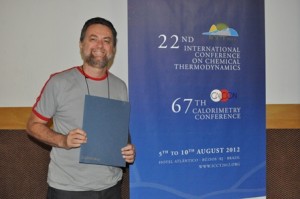
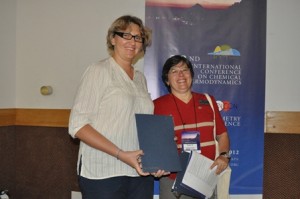
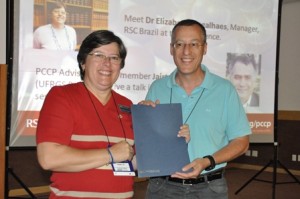









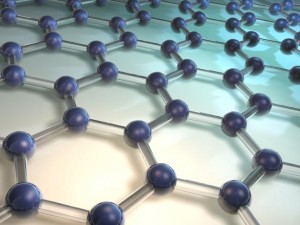
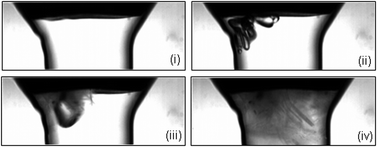
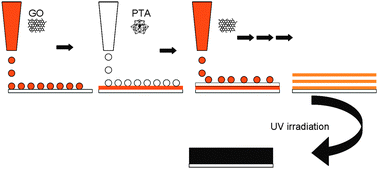
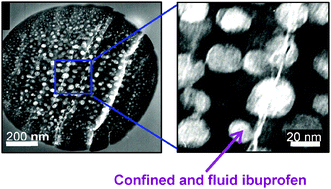
 As the excitement builds at London 2012 we bring you some “Olympics themed” articles from
As the excitement builds at London 2012 we bring you some “Olympics themed” articles from 